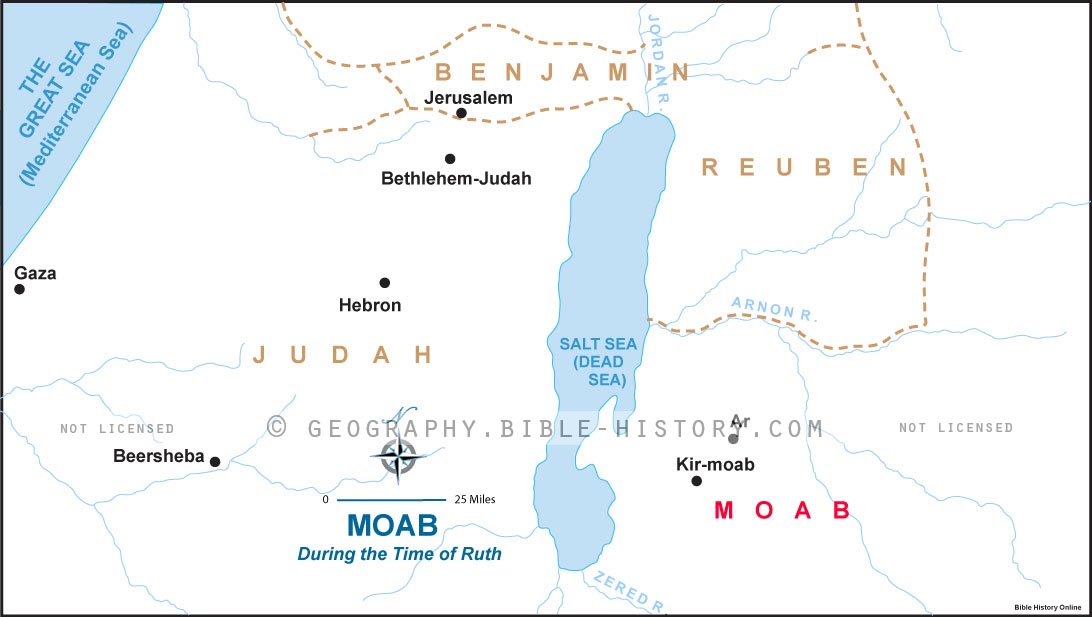JFB.
The Book of Ruth
Ruth 2:12 - The LORD recompense thy work, and a full reward be given thee of the LORD God of Israel, under whose wings thou art come to trust.
ARCHAEOLOGYWomen Gleaning at Harvest
This colorful painting from the tomb of Ramose at the site of ancient Thebes reveals women gleaning at harvest time. In biblical times when barley fields or wheatfields were ready for harvest the reapers were hired to cut down the large stocks of grain and make bundles. According to the customs of the Israelites if a loose stock should fall to the ground they were to be left alone for the gleaners. The gleaning was performed by the poorest and most helpless of the land, the widows who were going to die of starvation. During harvest time in the ancient world you would clearly see a poor woman like Ruth walking through the fields and gleaning behind men picking up any loose stalks that might've fallen. Ruth was a widow and she was gleaning any field when she met Boaz the owner of the field.
The Old Testament - A Brief Overview
Bible Survery - Ruth
Hebrew Name - Ruut "friend"
Greek Name - Oiktos (Greek form of the Hebrew)
Author - Samuel (According to Tradition)
Date - From 1322 BC Approximately
Theme - The beginning of the lineage of Christ seen in this
faithful woman who was a Moabite
Types and Shadows - In Ruth Jesus is the kinsman redeemer (Heb.
Goel)
Quick Reference Map

Map of Moab During the Time of
Ruth
(Click to Enlarge)
This beautiful book is like a calmness in the middle of a turbulent storm, when reminiscing on all the violence and enemy invasions recorded in the books of Joshua and Judges. The book of Ruth deals more with real life in ancient Israel and not necessarily the warfare in the previous book, although the events actually took place during the period of the Judges (Ruth 1:1). The date that the book was written is not given, and there is no mention as to who the author is, but it is most likely Samuel, who is the traditionally accepted author. The book of Ruth traces the messianic line of King David back to Ruth, who was a Moabitess, and the book gives us a beautiful understanding of how God rewards faithfulness and devotion.
The events in Ruth's life may be summarized as follows :
Outline of the Book of Ruth
1) Due to a severe famine in the land of Judah, Elimelech, a native of
Bethlehem, emigrated to Moab with his wife and two sons, who married two Moabite
women, Ruth and Orpah.
2) At the end of ten years, all three of the women were left widows and Naomi
decided to return to Bethlehem. Despite Naomi's protests, Ruth determined to
return to Bethlehem with her. Ruth's dedication to Naomi and to the religion of
the God of Israel is stated in Ruth 1:16-17: "Intreat me not to leave thee, or to
return from following after thee: for whither thou goest, I will go; and where
thou lodgest, I will lodge: thy people shall be my people, and thy God my God:
Where thou diest, will I die, and there will I be buried: the Lord do so to me
and more also, if ought but death part thee and me."
3) They arrived in Bethlehem at the time of the barley harvest. Ruth went out to
glean in the fields of Boaz, a wealthy man whose relationship with his servants
eloquently attests to his character (Ruth 2:4). According to Hebrew law, Ruth had a
right to demand that a near kinsman of her late husband take her for his wife.
Boaz had been related to Ruth's husband and was willing to marry her, but since
there was another man of closer kinship, it was necessary to go through certain
customary and legal measures before he could rightfully claim her.
4) This being done, the two were married with the blessings of their neighbors
and eventually became the parents of Obed, the grandfather of David.
Quick Reference Maps - Ruth
The Twelve Tribes and the Judges
Ruth Resources
More About the Book of Ruth
Ruth in the
Picture Study Bible
Timeline of the Ancient
World
Back to the Old
Testament
Back to Bible
History Online